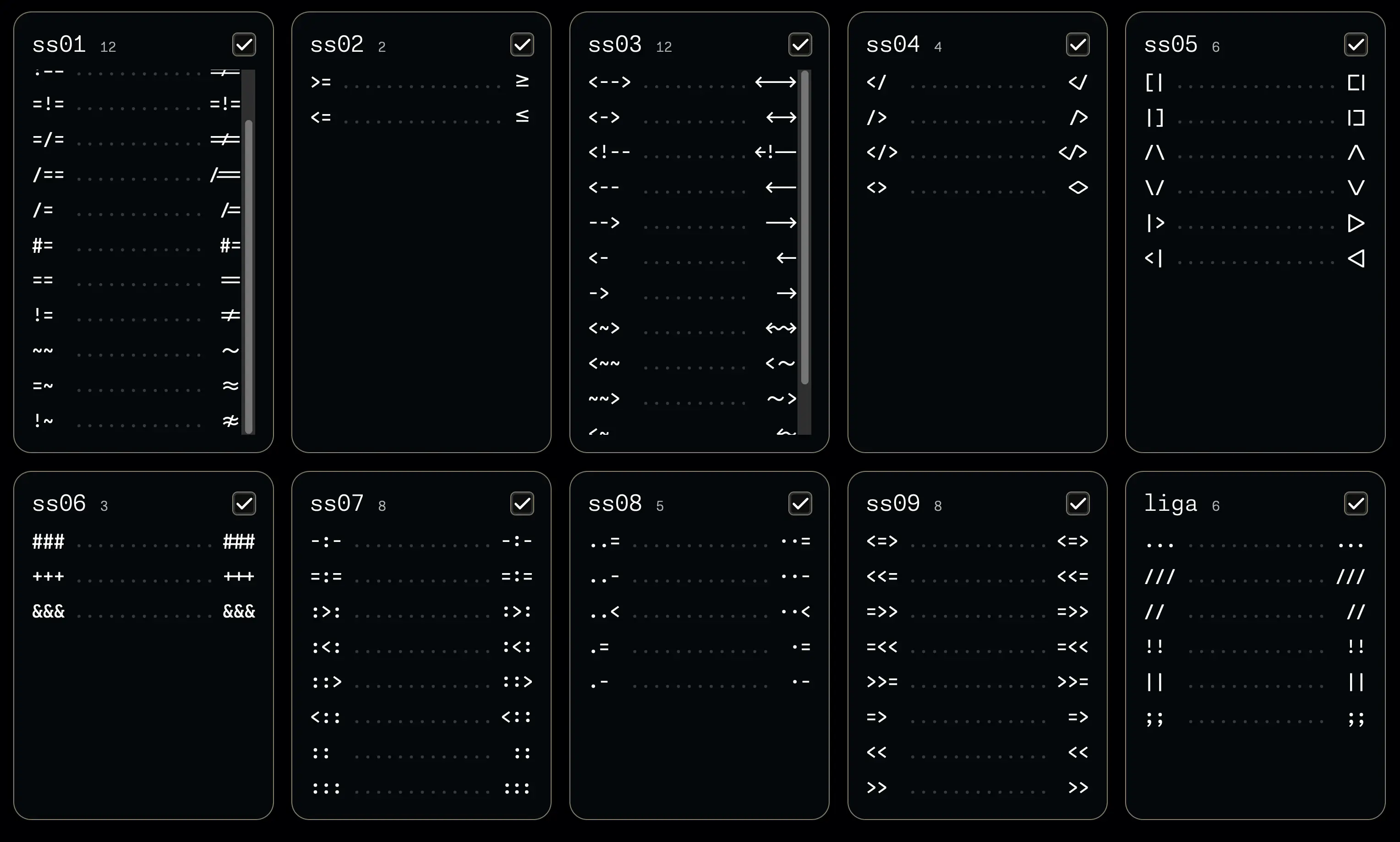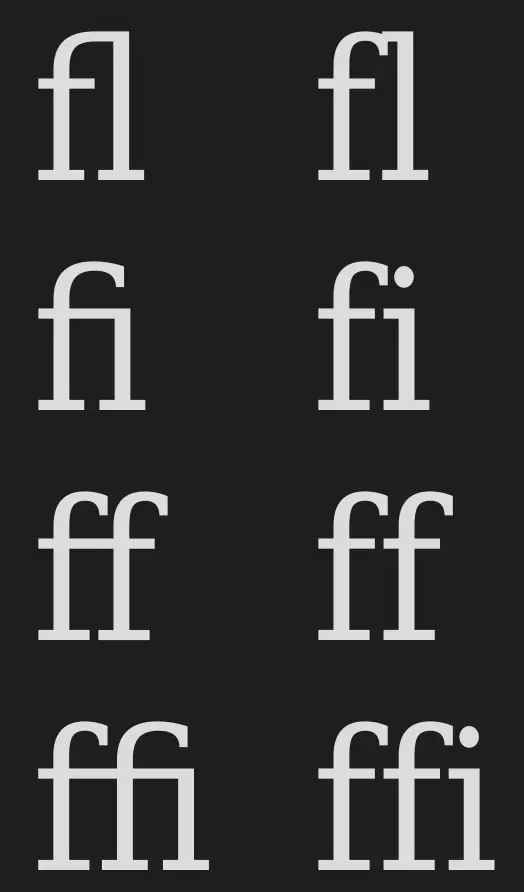- 18 Posts
- 286 Comments

 21·14 hours ago
21·14 hours agoYeah I doubt those particular comments have anything to do with “AI”. It just seems fashionable to blame AI for absolutely everything nowadays

 8·2 days ago
8·2 days agoSwift is… not a great language. It’s got some promise but goddamn does it have a “designed by committee” feel to it; they just keep throwing on features like they’re going out of fashion and it’s getting ridiculously complex. Just the syntax alone is a bit of a nightmare – soooo many keywords and symbols. It’s also extremely hard to predict how well Swift code will perform, in large part due to ARC (automatic reference counting) memory management, which is a huge downside for game development. And don’t even get me started on the new concurrency stuff…
Just as a side note, it’s not purely an Apple project nowadays. They’re still the “project lead” but it’s not exclusively theirs anymore. Still, regardless of that, at least personally I really couldn’t recommend it especially to someone looking to get into game development.

 6·3 days ago
6·3 days ago… what
That’s known as a ligature and they’re pretty common in many programming-oriented fonts, which usually have stylistic sets with different ligatures for different programming languages that you can optionally enable in your editor’s configuration. For example, here’s the stylistic sets the Monaspace font offers:

Personally I’m not too fond of ligatures so I never enable any, but many folks do like them.
Edit: and just as a side note, ligatures are super common in many fonts, you just might not notice them. Here’s some classic examples from the DejaVu Serif font, with and without a ligature:

"A".reverse() == "∀"Where is your god now?!
https://www.youtube.com/watch?v=M8pxmNi-eiw
Not nearly as horrifying as advertised
Use a dynamically typed language and you won’t have to: just override the default
reverse()method on strings like a Real Programmer!Unintended consequences you say? Nonsense! What could possibly go wrong?
This is absolutely true, but it still seems to me that we’re throwing the baby out with the bath water when we just stick to extremely terse symbols for everything regardless of context.
Reading articles would be so much easier if they used even slightly longer names – thankfully more and more computer science articles do tend to use more human readable naming nowadays, at least.
Sure, longer names make manipulation harder a bit more annoying if you’re doing it by hand, but if you do need to manipulate something you can then abbreviate the terms (and I’m 60% sure I’ve seen some papers that had both a longer form and a shorter form for terms, so one for explaining shit and one for the fiddly formal stuff)
Of course using terse terms is totally fine when it’s clear from the context what eg. ∆x means.
Ah, I managed to completely miss the last part of the comment because I’m an eejit who can’t read good

 729·13 days ago
729·13 days agoWhich naturally means it’s impossible for it to be an issue for literally anybody else anywhere at any time
And no, before some dumb fuck has any bright ideas, I’m not saying this will be an issue for everybody, just that it’s absolutely fucking idiotic to pretend it’s never an issue.
In 2017 his name was mentioned as a visionary comparable to the Wright Brothers and Zefram Cochrane (inventor of the warp drive) on a Star Trek episode set in the 2250s.
By a character who was explicitly evil and whose judgement we were not meant to trust, though

 132·13 days ago
132·13 days agoI got smoked out of a company I helped found because I had health issues, even though I was still capable of doing my job. It’s illegal to fire people for health issues here, but it’s not like firing someone is the only way to get rid of them.
Everybody who’s telling you you can legally use these appointments is probably completely correct (depending on your jurisdiction). Whether the legality actually matters is another thing entirely.

 715·13 days ago
715·13 days agoNot American, but excellent try anyhow.

 4480·13 days ago
4480·13 days agoOh you sweet summer child














Far as Swift’s syntax goes, I really like argument labels too, but it’s just that there’s SO. MUCH. SYNTAX. Lots of sugar, yes, but sometimes that’s part of the problem in my opinion, because it often adds to the syntactic and semantic “noise.” Also, there’s 98 keywords (more if you count eg.
try,try!andtry?as different keywords, and this count is missing eg.sendingand other new keywords) – compare this to say Rust’s or or Python’s 35. Java’s got 68, while C++ also has 98 and it’s notorious for having way too many of them. And then there’s all the symbols – some of which have different meanings in different contexts.It’s true that ARC only applies to reference types, but even with value types you can often get some fairly surprising performance problems due to implicit copies, for example in getters and setters – and the
_readand_modifyaccessors that can sometimes help with that due to returning (well,yielding) a borrowed value instead of a copy aren’t meant for “public” use (which doesn’t mean many libraries etc. don’t use them, much to the consternation of core devs).